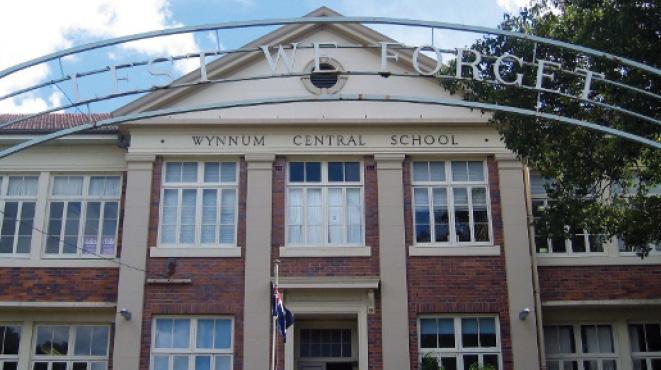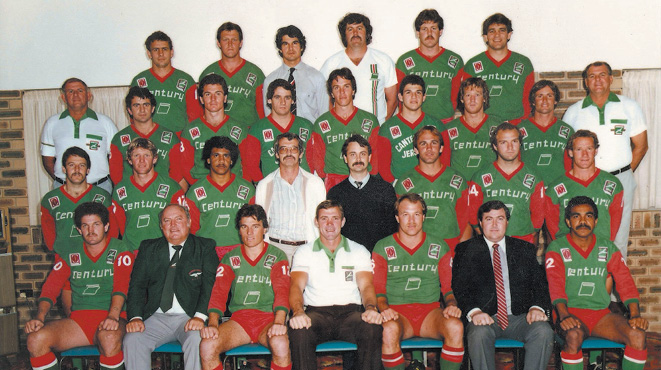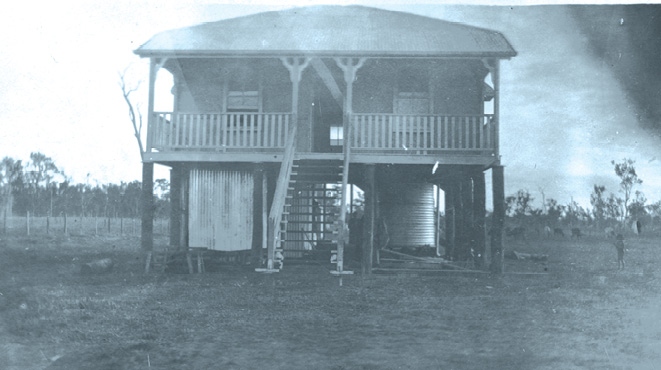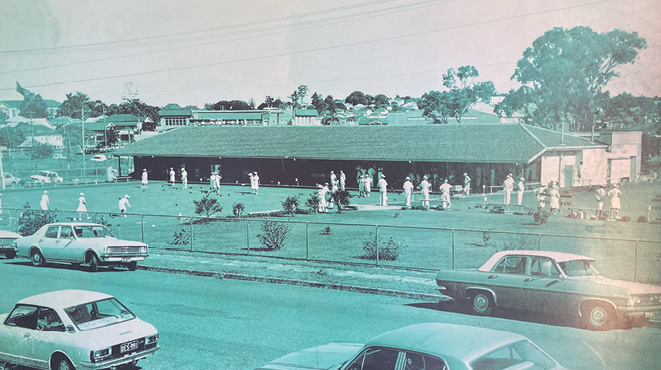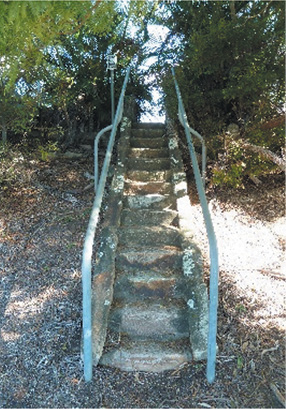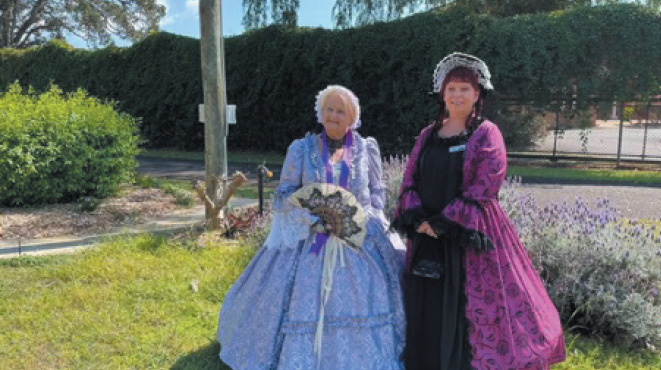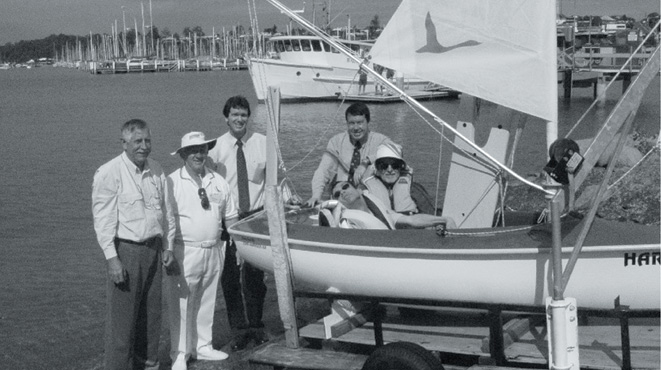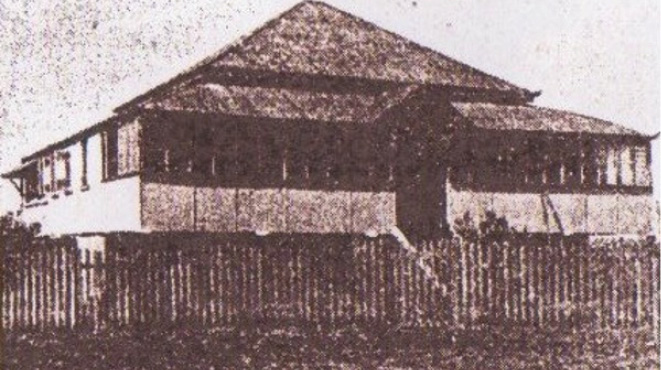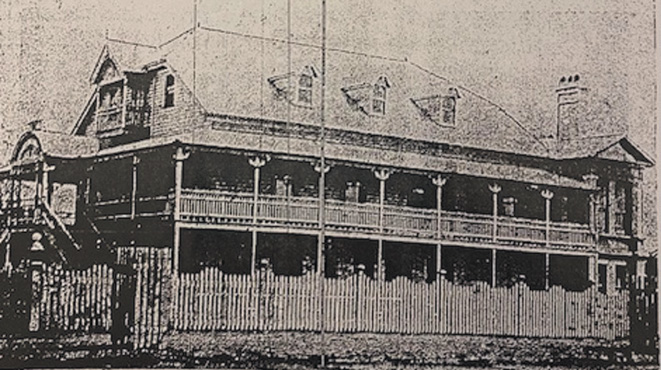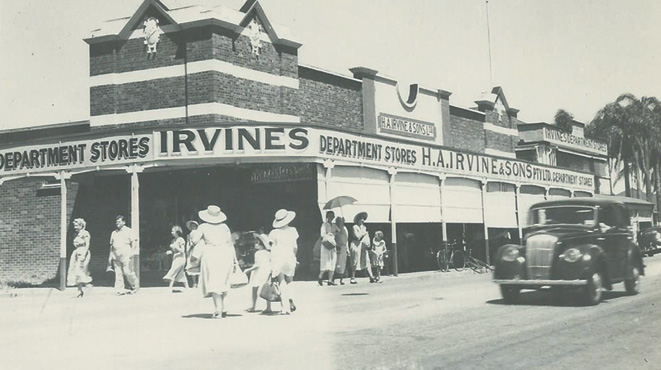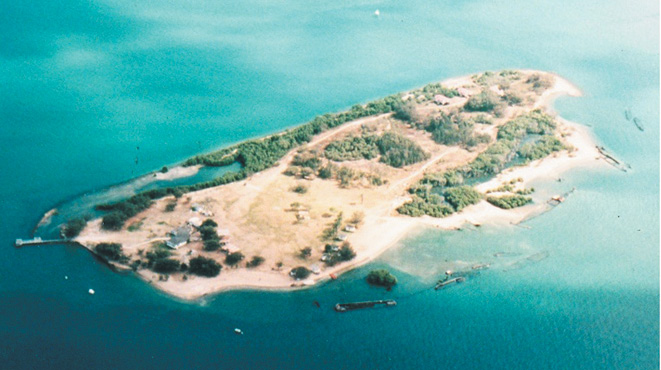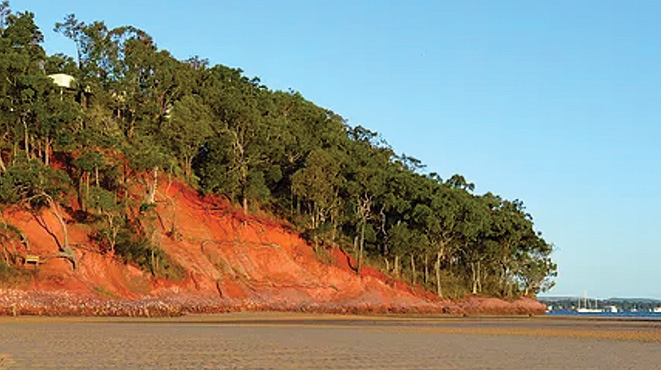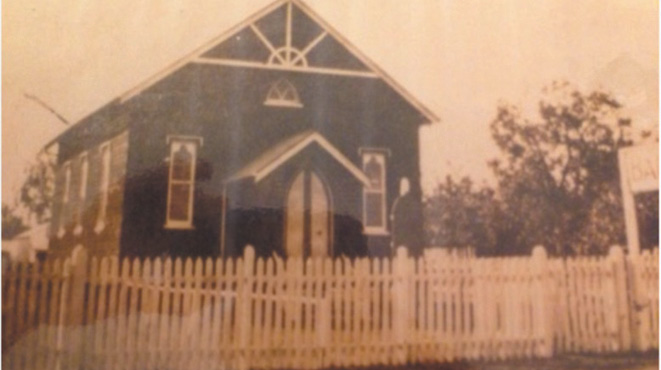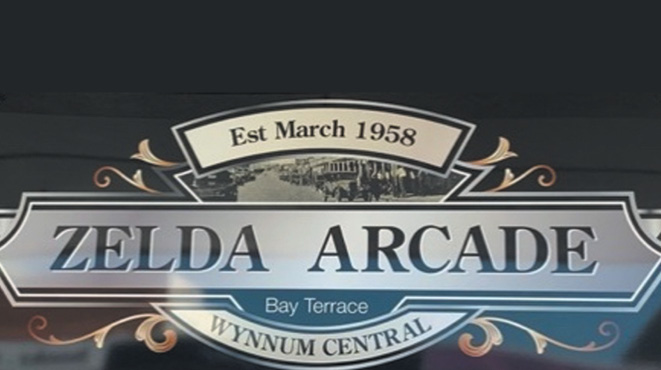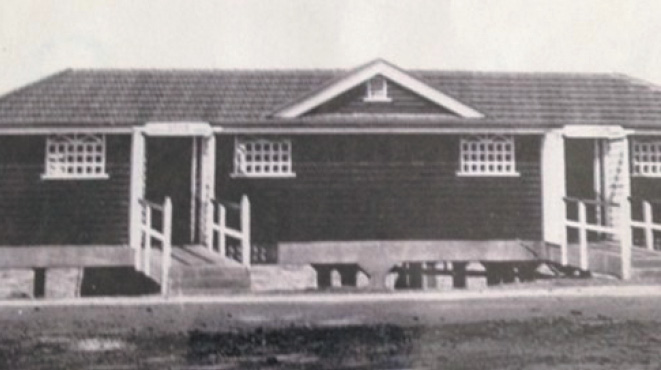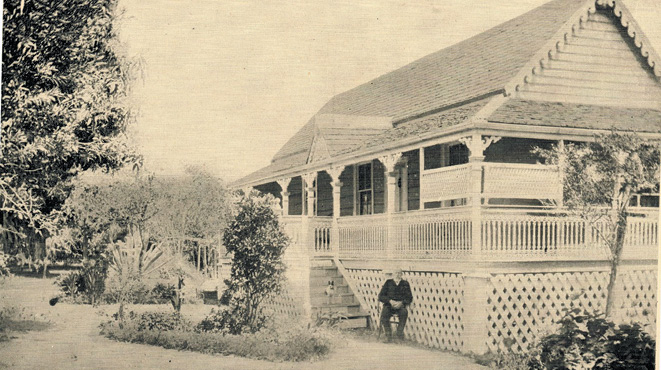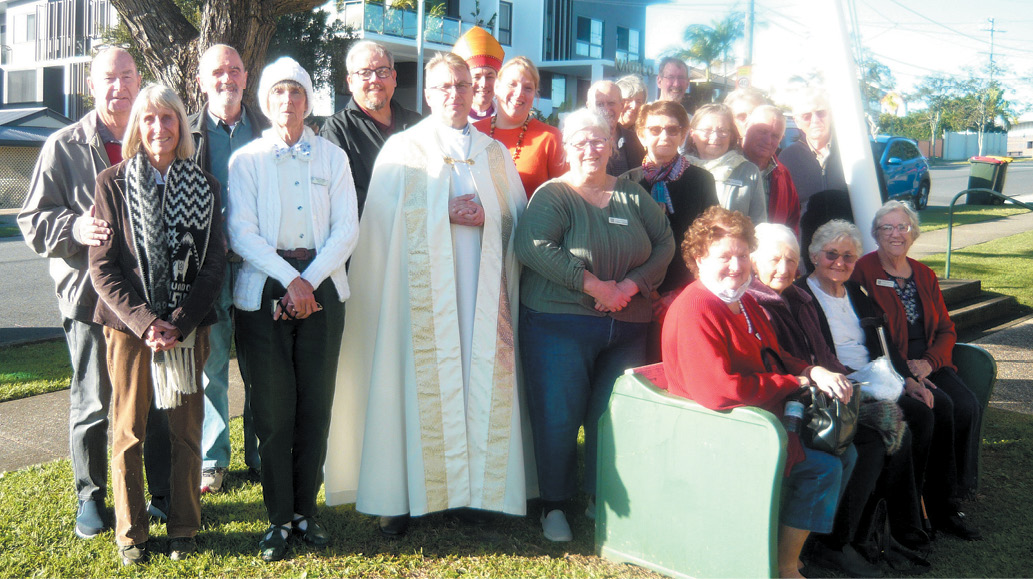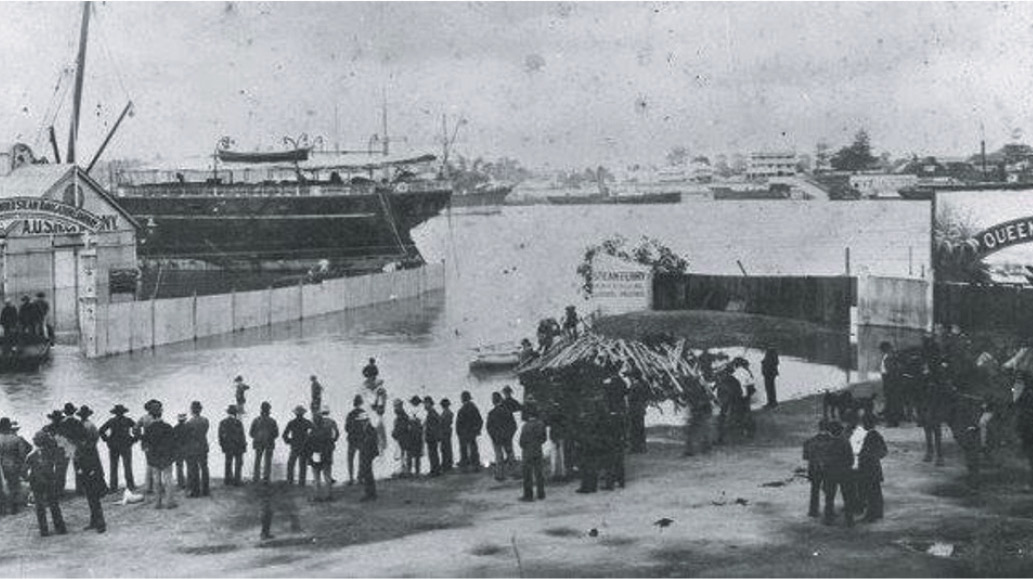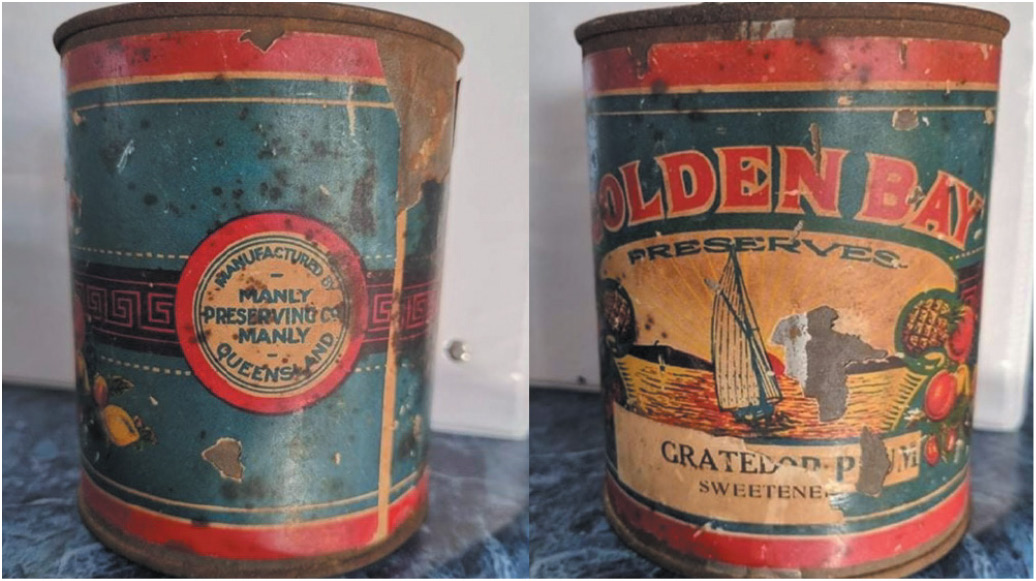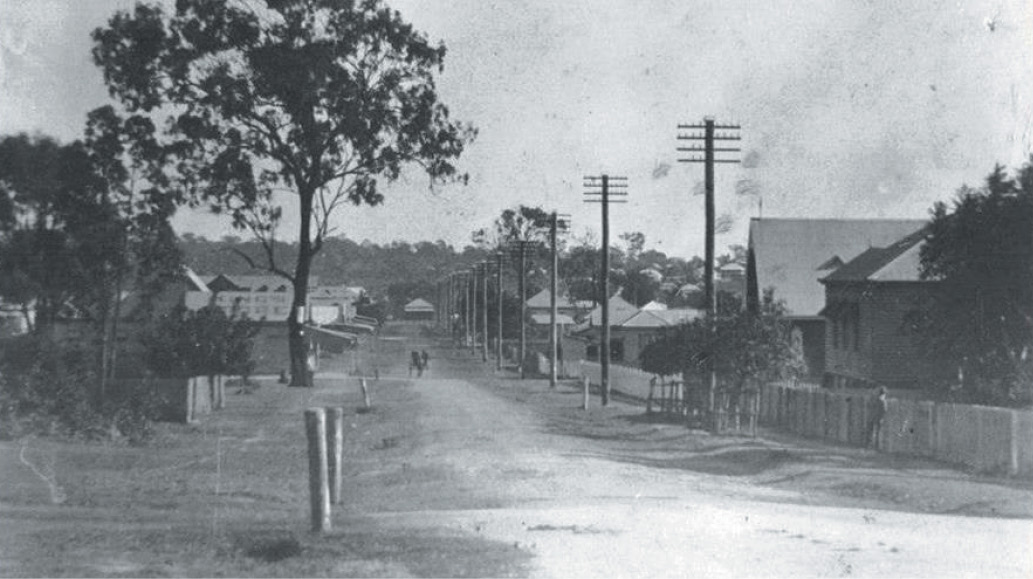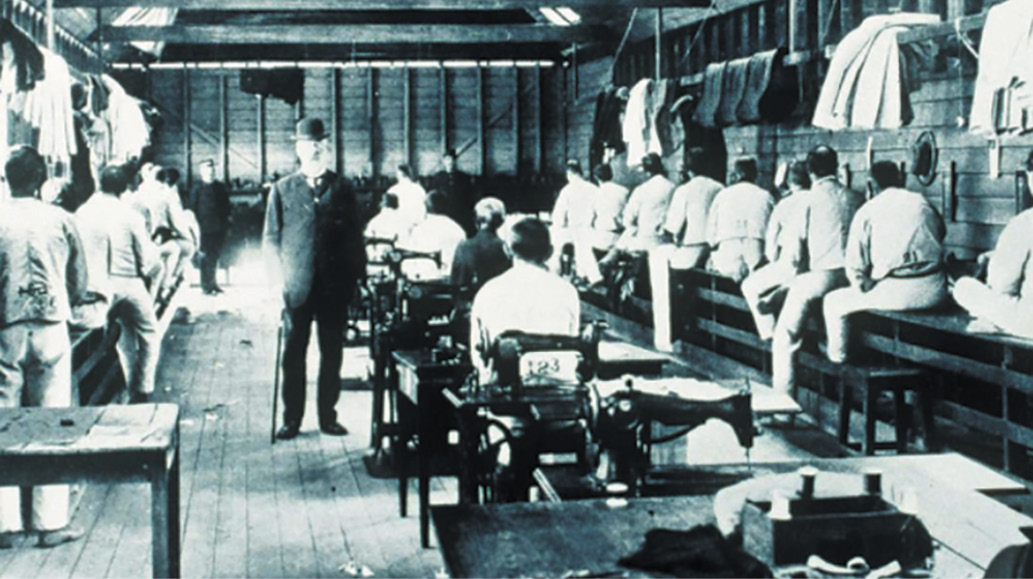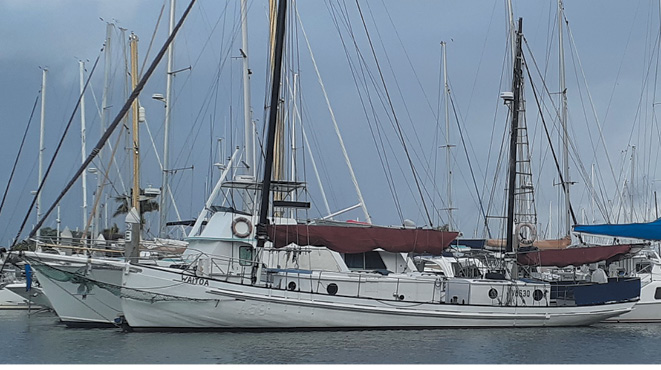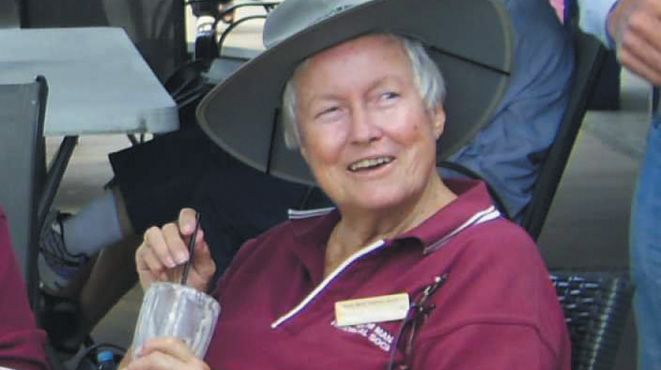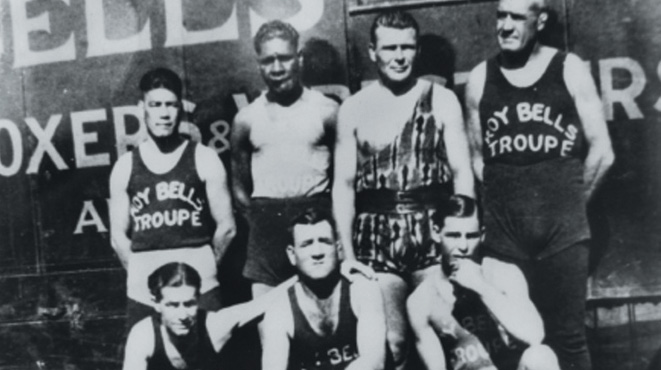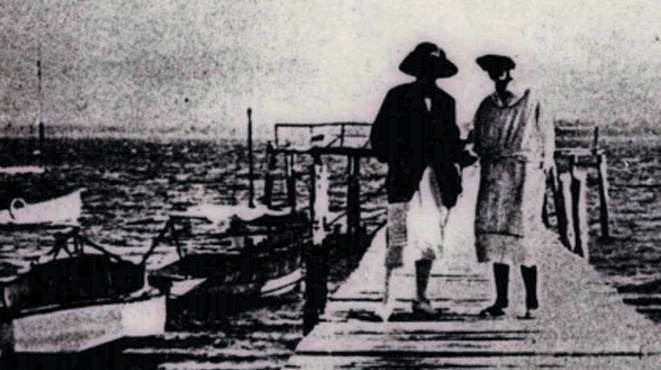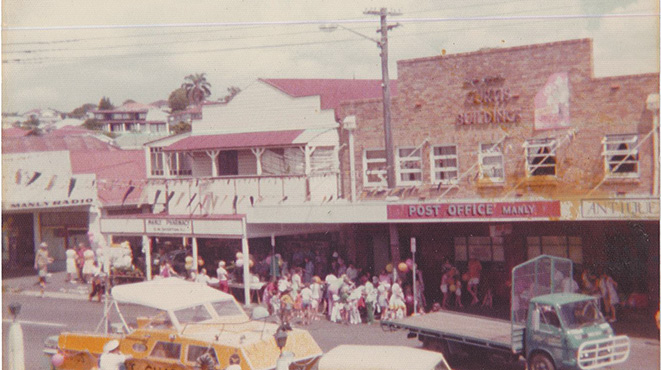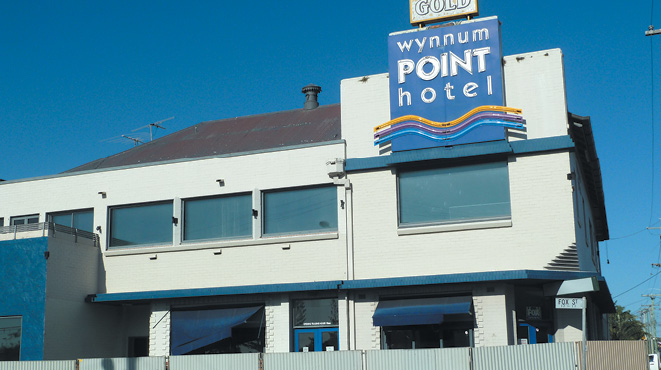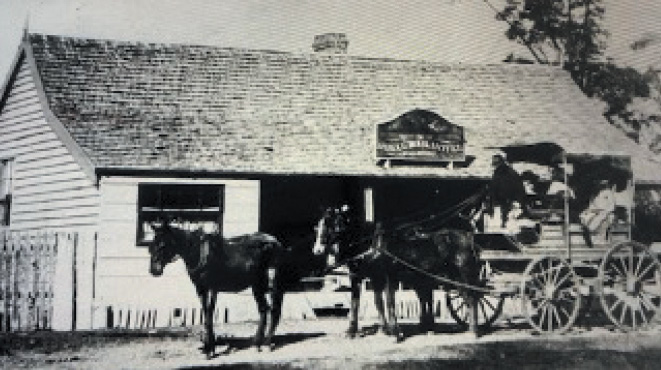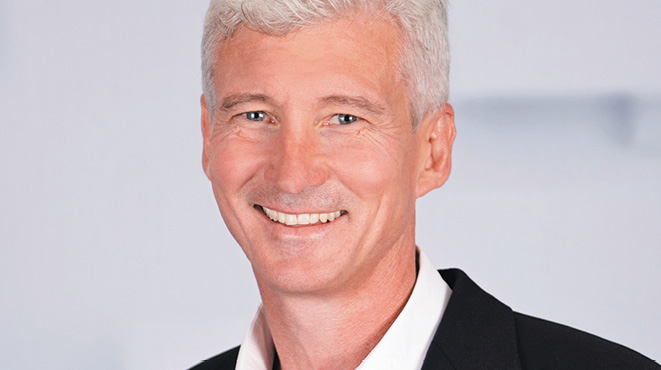Photo: Supplied.
FROM THE WYNNUM MANLY HISTORICAL SOCIETY
Queensland became a colony in 1859. Brisbane pioneer investors were buying land along the foreshores from 1860, and the train line from Brisbane to Cleveland opened through the bayside in 1889. The permanent population was increasing, and it was declared that a “provisional school is needed for Wynnum”.
In 1892, local residents applied to the Secretary for Public Instruction in Brisbane for a provisional school to be built at Wynnum. The application was rejected.
In June 1894, 75 children between the ages of six and 14 lived in the Wynnum area. A building committee was formed, and Mr Falkiner, the secretary, submitted a second application. Again, rejection, as Lytton School was already in the vicinity.
One month later, in July 1894, Mr Falkiner renewed the application.
The reply came: “If the Lytton School (built in 1882) is in the wrong place, it might be moved to a central site. There is no sense in building a new school in Wynnum and leaving the Lytton School (near the quarry in Wynnum North Road) standing empty.”
The Works Department were keen to relocate Lytton School, for £350, rather than build a new State School in Wynnum for £655.
Building a school required funds from the local community to purchase a suitable site. The Ladies Committee of the Wynnum Divisional Board were ardent fundraisers running bazaars and concerts. When £65 had been raised, land was purchased in Charlotte through to Florence Street, and the first one-roomed school building was constructed in 1895.
February 24, 1896, was the opening day of the new Wynnum State School, four years after the original application. Mr Frederick Henry Clarke was the Head Teacher for the first 10 years. Emma Snelling was the first of the 89 children to enrol. By the end of June 1896, 127 children were enrolled.
The early school registers included the occupation of the children’s parents. This listing provides a valuable indication of the type of settlement in Wynnum at that time – tradesmen, shopkeepers, military, service, farmers, and fishermen.
On August 6, 1910, the school changed its name from Wynnum State School to Wynnum Central State School. The Lytton School had been moved to Tingal Hill, in Tingal Road and renamed Wynnum North State School.
In March 1918, the grounds in front of the school on Charlotte Street were developed as a memorial for soldiers who served in WWI. This area was to be a grand entrance to the school. A six-foot granite memorial, with drinking faucets and a fish pond (which became a sand pit) was built. Framed by camphor laurels, this courtyard remained the school’s primary focus until the 1950s.
The 1930s saw the Depression years. Many children arrived at school shoeless and were fed at the soup kitchen by the railway line on Edith Street. Diphtheria, mumps, measles and whooping cough were rife.
In 1935, a decision was made to build a high school in the Wynnum area, where pupils progressed from Wynnum Central State School to Grade 6. When it opened in 1941, the new Wynnum High and Intermediate School had few facilities. Pupils returned to study Domestic Science and Manual Arts at Wynnum Central State School.
The 1940s were the War years. A shortage of teachers resulted in half-day education. Air raid shelters were dug on the Florence Street side of the school boundary. War Identification Discs, either necklets or bracelets, were worn. Each child donned a brown cloak for an air raid drill and had a rubber peg to put into their mouths in case a bomb was dropped.
The War was over. There was new hope and the Baby Boom. The first Parents and Citizens Association was formed on February 11, 1944. The meeting was sponsored by the Head Teacher, Mr Derrington, and 11 parents attended.
In August 1944, the Parents and Citizens Association applied for a new building. Progress was slow, and in February 1945, the Association approached Mr WM Gunn MLA to see if plans for a new building could be drawn, and part of the building started to relieve congestion in the infant classes. Mr Gunn had already approached the Minister for Public Instruction, but he agreed to have another try. Due to his persistence, approval was given on March 15, 1945, to prepare and plan a school with 17 rooms and a preliminary cost of six rooms for infant classes.
On November 2, 1946, the foundation stone was laid, and on March 5, 1947, building of the new school commenced. This building provided employment for local tradespeople and generally boosted the economy. There was a sense of enthusiasm in Wynnum’s close-knit community.
The first phase was completed on December 24, 1948, and the building officially opened on February 5, 1949 by the Hon H A Bruce MLA, Minister for Public Instruction, assisted by Mr W M Gunn MLA, Member for Wynnum Manly. Daily attendance in January 1949 averaged 633 students, less than in the 1930s, but now only catering for grades 1 to 5 as Wynnum Intermediate and High School had been opened in 1941.
The second phase of the building was completed and opened in 1953. The School Association convinced the Department to retain the original timber buildings, and they remained until they were demolished in 2015 after Wynnum Central State School had closed.


